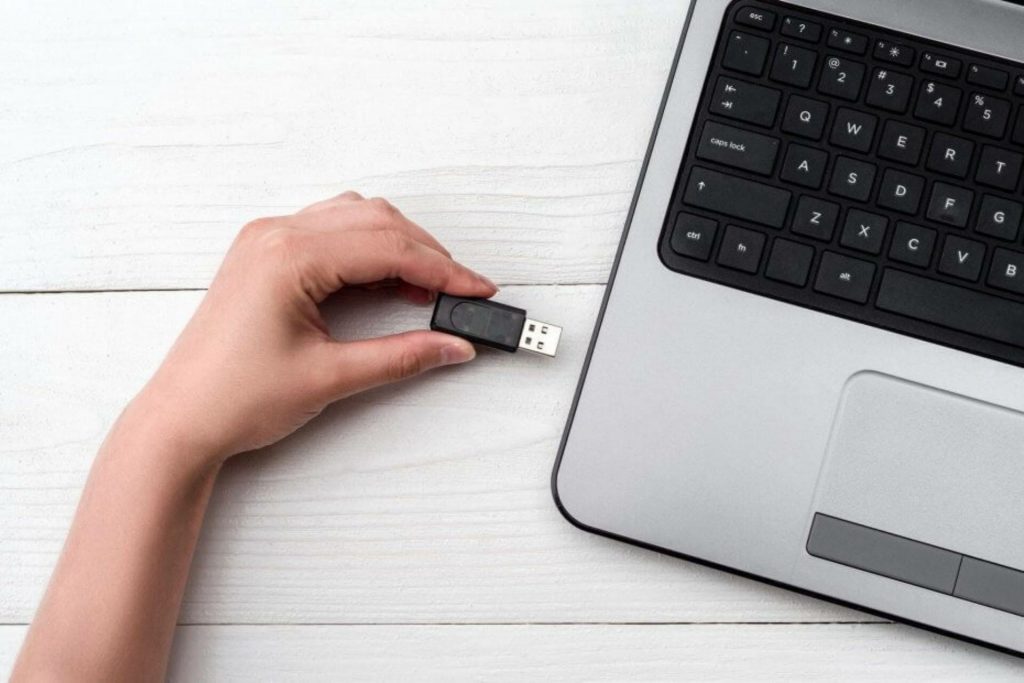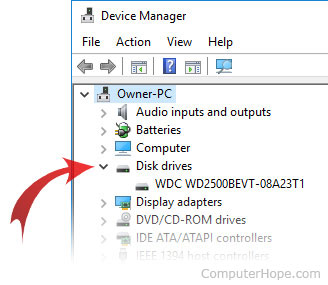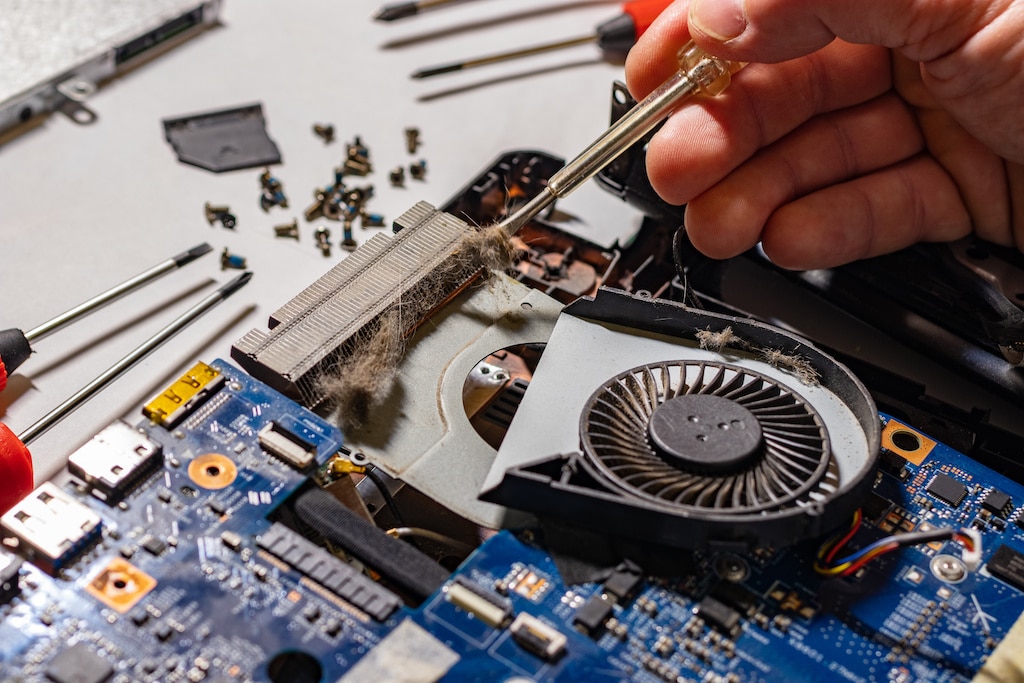What to do when your computer's USB port stops working

USB ports in a PC/laptop play a super important role for users, and that’s why these ports are one of those features that users check the most before buying a machine. After all, you can use USB ports to connect various devices like a keyboard, charging cable, speakers, an external hard drive, printer, mouse, etc. So, if your USB ports stopped working, you wouldn’t be able to use any device, which will delay your work.
This article will discuss the procedures that can help you fix USB ports of your PC/laptop so you can make them function again. Read on.
1- Check out how many ports are malfunctioning:
First, you need to check out how many ports are malfunctioning. It could be possible that one of the ports isn’t working, so you can insert the device in some other port. If it works, fine, but if it doesn’t, then you may also want to check if your device’s cable is damaged or not. You can check that by connecting another device like a keyboard or data cable in the same port to confirm if the problem lies in the gadget’s cable or the port itself.
2- Go to Device Manager:
So, if the issue lies in the port, go to the Device Manager and run a scan for hardware changes. It’ll help recognize the device you have inserted into the port and make it work. Follow the steps below.
Step 1: Ensure the gadget is connected to the malfunctioning USB port.
Step 2: Press the start key and type “Device Manager” in the search bar.
Step 3: Select the very first icon.
Step 4: Now, click “Action” and tap on “Scan for hardware changes”
Step 5: Check if the USB port works after scanning the hardware.
Note: If the port functions, it’s well and good, and if it doesn’t, then you’ll have to try something else.
3- Restart the Windows:
Restarting your laptop or computer might help fix the problem. Computers are programmed in a way that they fix internal errors or run a program better when restarted. That’s why you are often asked to restart the laptop/PC after installing new software as a final part of the installation process.
4- Clean the ports:
A simple yet unnoticeable problem could be the dirt in the USB ports. This issue can be resolved easily. You would need to clean the ports to make them work. You could use cotton buds and delicately pick dust and grime for this. Using canned air is also a good idea, but do not insert its nozzle inside the port. Rather release air from a suitable distance.
5- Check for updates:
Check your computer’s system updates and install if any are available. Keeping the system up-to-date improves Windows’s functioning, which might include updating drivers, controlling the USB ports.
Step 1: Type “Windows update” in the search bar after you go to the start button.
Step 2: Click on the “Check for updates” option.
Step 3: Proceed with installing the updates, if any are available.
6- Workaround the USB controllers:
Reinstalling the USB controllers might help fix this problem. The drivers allow the USB ports to function properly. So, if there’s a fault in the drivers, the ports will become unresponsive. That’s why when you uninstall the drivers and restart the Windows, the ports recover and start functioning again.
Step 1: Go to the start and type “Device Manager” in the search box.
Step 2: When the list opens, you will find “Universal Serial Bus Controllers.” Click on the small arrow on its left side to expand for more options.
Step 3: Select a USB controller listed below the Universal Serial Bus Controllers. Right-click on it to uninstall. Do the same for all USB controllers available in the list.
Step 4: Click on the restart button to reboot the computer. Once the system opens, the windows will reinstall all the USB controllers automatically after scanning for hardware changes.
Step 5: Insert the USB device into the port to see if it’s now in a working condition.
7- Seek professional help from a local repair shop:
If all the troubleshooting methods fail, it means there’s an issue that you cannot identify with the level of your expertise and would need help from a specialist. So, contacting your local repair shop for PC and laptops would be a good move. They would help resolve the issue for you using their advanced tools and solutions.
Conclusion:
A USB port is a very significant component of a computer. Even if a single USB port out of many doesn’t work, it can create problems for users who keep all their ports busy by connecting various devices. So, try out all the methods listed above. Surely, one of them can help fix the issue.




